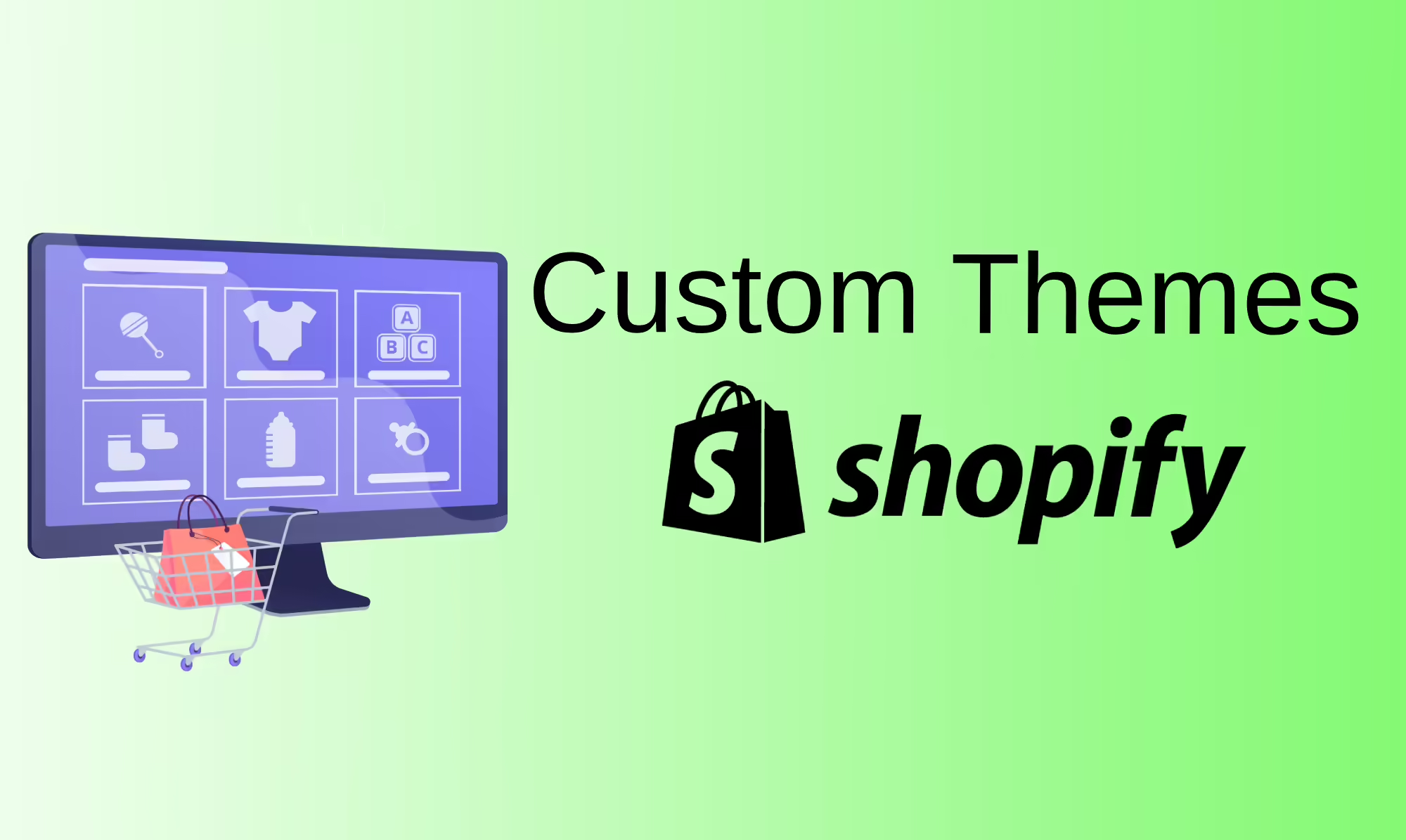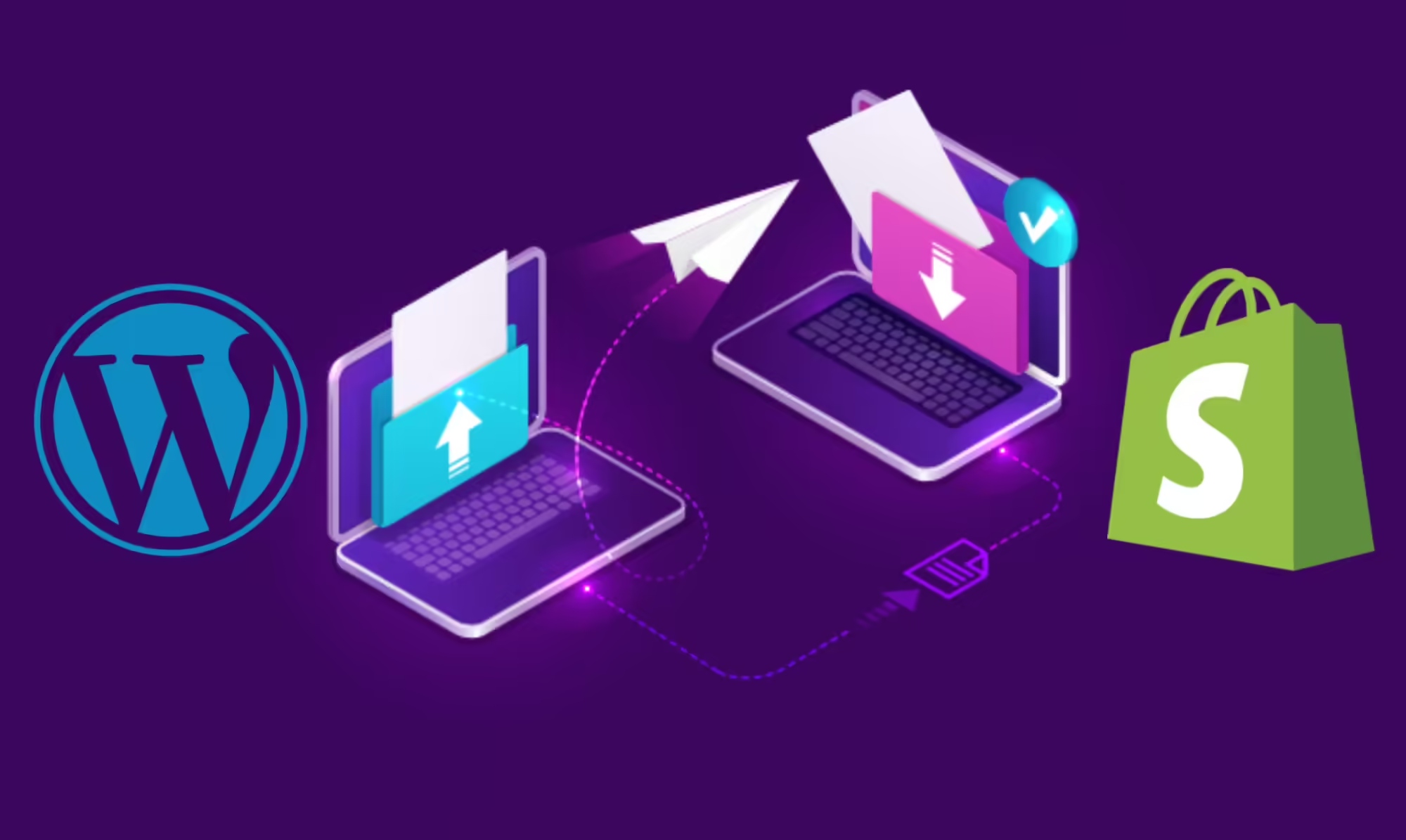
A Magento or Adobe commerce store has a lot to offer retail firms as one of the top ecommerce systems accessible to online retailers. The open-source software provides great flexibility in terms of design and functionality.
Table of Contents
- Benefits of Choosing Magento
- Top Magento Features
- 7 Tips To Improve Your Online Store
- Step 1: Get A Full-Featured Ecommerce CMS
- Step 2: Accept Payments From Leading Providers
- Step 3: Manage Orders And Inventory
- Step 4: Set Up Shipping Integrations
- Step 5: Implement Appropriate Tax Procedures
- Step 6: Set Up Analytics To Measure Your Success
- Step 7: Secure Your Magento Website By Installing An SSL certificate
Even though there are several ecommerce platforms available, Magento remains one of the most popular.
Here are some statistics that prove why Magento is one of the top eCommerce platforms across the globe:
- Magento is used by around 0.6% of all known websites.
- Magento powers about 154,309 eCommerce shops worldwide, accounting for 2.3% of all eCommerce stores.
- Magento platform code has been downloaded over 2.5 million times, and over $155 billion in transactions have been conducted through Magento-based eCommerce sites.
- On the Marketplace, there are over 3500 Magento extensions available.
- Gartner’s recent Magic Quadrant report designated Adobe’s Magento platform a Leader.
Whether your business is an SME or Enterprise, you can do a few things to keep it operating smoothly. It makes no difference how wonderful your Magento shop is if the website is not optimized or performing efficiently. There are Magento extensions you can acquire to assist boost the efficacy of ordering and other things like that, but there are also a few fast fixes you can do to improve the productivity of your ecommerce store.
Benefits of Choosing Magento
Adobe’s Magento is a top open-source e-commerce platform due to its reliability, adaptability, and scalability. Magento is a robust platform that provides a wide variety of features to assist you in creating and maintaining your eCommerce shop. Similar to other platforms, it offers advantages for online shops.
Powerful & Feature-Rich Platform
Adobe Commerce is a powerful medium that can easily handle any number of items or orders in your online shop. This platform is more than enough for a business with hundreds of goods.
As a result, you can rest easy knowing that your store’s speed and scalability will be unaffected by its eventual size if you’ve been utilizing Magento from the start of its development. Features such as product and inventory management are available on the platform for added convenience in maintaining an orderly online store. You may optimize your site’s speed and increase conversion rates by customizing the filters and navigation.
SEO-Friendly
The Adobe Commerce makes it simple to improve your store’s product pages and descriptions. Since it was created with search engine optimization in mind, it naturally creates URLs optimized for the search engines. Websites built with Magento are responsive, so customers can shop from any device or browser.
Faster Loading Time
Magento 2’s website speed is one of its most notable advantages. Website loading time is crucial in a society dominated by millennials. According to new data compiled by Google, half of all consumers will leave a site that takes longer than three seconds to load. Thanks to Adobe Commerce, you can keep your store’s load times low with efficient Commerce on Premises and Commerce cloud services.
Versatile Content Marketing
Magento’s content management system, one of its many strengths, allows for a wide range of customization. This flexibility empowers merchants to cater their wares to their clientele and improve the shopping experience for their customers. Magento’s What You See Is What You Get (WYSIWYG) page editor makes it easy to make changes to the store’s presentation and layout. This application makes it possible to make web page changes without having to learn to code.
Extremely Customized
Magento allows you complete customization of the online shop, from the theme to the configuration of the product categories. However, in order to create a unique shop, new code must be written for every aspect. For a more personalized experience with your consumers, the platform gives you a number of payment, shipping, and language options to choose from.
You can do almost anything with Magento. There are several available plugins that may be used to expand the capabilities of the store’s website.
Superior Reporting
Reporting is essential for an online shop. Magento’s online interface provides access to approximately 20 different reports generated by the platform’s many advanced reporting tools. The reporting function provides comprehensive information about orders, customers, and items. The latest data is always shown in the report, which is regularly updated.
Among them are the total number of orders, average order value, taxes and shipping costs collected, the number of accounts created, the number of goods ordered, and information on the most popular items. You can efficiently run your online store with up-to-date knowledge, statistics, and analytics.
Top Magento Features
While Magento is a feature-rich platform, it’s important to use the right features that match your business objective. Here’s a list of the top Magento features you can choose from.
Simple Checkout
Customers’ final purchasing decisions in an online store are made on the cart page. Shoppers’ lives are easier when you provide them with straightforward tools to complete their purchases. Because of this, fewer customers will not complete their purchases.
A single-step payment method that doesn’t need the user to fill out the same information more than once requires a “One Step Checkout” page. Customers are less likely to give up on their purchases halfway through if this is in place. The more people who buy something from a store actually pay for it, the more money those stores make.
Sell On Social Networking Sites
You may use various techniques to increase the number of people shopping at your online business. Using social media is a great idea. Social media are free or low-cost platforms where people may connect and share ideas and information with one another via written communication. The Internet and other mobile devices are the most widely utilized resources. Twitter, Facebook, Myspace, and Youtube are all well-known news outlets in today’s online media landscape.
The media has opened up a new channel of interaction between brands and their target audiences. It aids in humanizing the brand and conveying the message in an approachable, casual manner. Therefore, it is an excellent way to advertise your goods to established and potential new clients on the web.
Sell on Amazon, eBay, etc., without having to keep track of several stock-keeping systems.
Many online stores now rely heavily on online marketplaces, where customers may purchase from a variety of vendors all in one convenient location. Just two companies generated approximately 27% of 2015’s online retail sales in North America, “Internet Retailer” reports Amazon and eBay.
Use Loyalty Programs, Discounts, And Incentives
If you already have a loyal client base, keeping them as Magento shoppers is far less work than trying to attract new ones. This is particularly true in the competitive internet marketplace, where advertising prices are notoriously volatile. The cost and level of competition associated with acquiring new clients are rising.
In order to draw in consumers, numerous shops are now offering membership cards, loyalty programs, double discounts, etc.
Automated Channel Management
The connection between online and traditional storefronts is a weak point for many retailers.
To remedy the problem, a Magento POS system that integrates several channels of sales to provide a unified shopping experience for customers is essential.
Data sharing helps companies save time and money by facilitating streamlined operations and cost reductions for clients. And if you need more convincing, the rising Omnichannel trend is like a refreshing wind that will assist you in finding a solution.
Converting Mobile Consumers
Buyers in the modern day are always “online.”
- As much as 84% of them need their smartphones for daily functioning.
- 66% of people will have their phones nearby when they first open their eyes
The busiest time of day for smartphone use is between 12 and 5 p.m. - About 29% of Americans would purchase everything online if they could, demonstrating the enormous potential of mobile shopping.
- 66% of mobile users said that they expect today’s businesses to provide the best possible purchasing experience when they access a website from their mobile device.
To maintain the ever-increasing needs of your clientele, you must master the technologies at your disposal to offer them a reasonably possible shopping experience. Magento ensures that your online shop is always mobile-friendly.
Integrate All Your Sales
Finally, stores should sync their sales data to see what’s still in stock. As a result, it may keep sales from falling.
7 Tips To Improve Your Online Store
If you’ve acquired a business online store, then it’s imperative that you take the necessary steps to keep it running smoothly. The following are some suggestions.
Step 1: Get A Full-Featured Ecommerce CMS
You may more easily manage your items and categories, create and change pages, and even start a blog using the many features offered by a content management system. Customers may easily browse a curated selection of items, complete with SKUs, pricing, and photos, all in one place.
Step 2: Accept Payments From Leading Providers
You may easily connect to various other programs and tools thanks to Adobe Commerce’s helpful support.
No matter what:
Connect your online store with popular services like eBay, PayPal, MailChimp, and QuickBooks by using a payment gateway, parameter calculator, shipping tool, or any one of a number of other similar applications.
If your Magento website supports major payment gateways like PayPal, Stripe, and Apple Pay, it bodes well for your company. The shopping experience for customers will be enhanced, and they will have access to more options.
Step 3: Manage Orders And Inventory
When you own a retail store, you must process dozens, if not hundreds, of orders daily. Even during “regular” everyday operations, many sales orders and disorganized stock might cause confusion.
Now:
More than ever, software handling orders and stock levels are essential. It’s time for your product management or retail procedures to provide results. This gives you more mental space, which you may use to close deals, resolve issues, and complete your purchase.
Step 4: Set Up Shipping Integrations
Offering to ship is a great selling point for your business. Most importantly, your goods, company strategy, audience, and e-commerce platform will determine which shipping alternatives are available to you. It might entice buyers, but it can also turn them off. So, consider going for the low-hanging fruit if you’re just starting internet sales.
Therefore, it is recommended that you first become an expert in the domestic shipping business. When starting with internet shipping, there are a few things to remember.
- You may learn a lot about what works and what doesn’t by examining your rivals’ practices.
- Ensure there is no room for vagueness in your shipping procedures; this will encourage customers to make a purchase.
- Make available a number of shipping choices, each of which may be distinguished by the shipping company or time frame chosen. Customers often place equal importance on how soon they get their purchase as they do on the delivery cost.
Furthermore, give free delivery on your products if you can.
Forrester Research found that unexpectedly high delivery charges were the leading cause of cart abandonment. Free delivery, or free shipping with a minimum purchase, is a great way to boost your average order value. The psychological effects of receiving a free item are substantial.
Step 5: Implement Appropriate Tax Procedures
At this point, we’re not discussing the sales tax in your area but rather the taxes that pertain to your company. In a word, you should consult a tax professional. You may count on their assistance in securing your tax ID and learning about the various tax brackets, rates, and rules that apply to you in your region. Everything may change depending on where you are. We assure you that in the long run, you will be glad you sought advice from the professional.
Step 6: Set Up Analytics To Measure Your Success
In order to grow your company, you need access to data and benchmarks. See what kind of analysis is already done for your platform in its repository. Magento’s reporting capabilities extend to such fundamentals as website traffic, conversion rates, best-sellers, and average revenue. You may learn more about your consumers’ wants and needs by using in-store site search and other platform alternatives.
What’s the greatest part, you ask?
Nothing you do will improve the performance of your digital commerce store without using Google Analytics. This information will shed light on how the search engine giant perceives the environment around your Magento business. When you use Google Analytics, you may get useful information that can be used to grow and enhance your company.
- Discover who you’re writing for.
- Observe customers’ entry, movement, and exit points.
- You should monitor customer behavior in your shop.
- The capacity to provide detailed annotations on your work
Step 7: Secure Your Magento Website By Installing An SSL certificate
Certificates issued by a trusted SSL (Secure Sockets Layer) authority are short data files that cryptographically connect a key to an organization’s information.
Putting it on a web server makes the lock appear, and the protocol switches to HTTPS (over port 443). Customers may now check the brand’s legitimacy and trustworthiness.
In other words, what’s the deal?
Secure links between a web server and a browser are made possible by encrypting all data and information transmitted between the website and the consumer.
SSL is often used to encrypt login information, data transmissions, and credit card purchases. It’s been the standard for safe social media surfing lately. This is what SSL Certificates do:
- A web address that may be a domain or hostname.
- The name and address of the corporation or organization.
In The End…
Despite the fact that there is no specific plan of action to propel your Magento retail organization to the gates of achievement, you may use the guidelines provided below to get your foot in the door.
As the e-commerce market grows, cutting-edge e-commerce retailers must find other ways to boost sales outside of conventional retail’s tried-and-true methods.
To speed up page loading times, you should utilize fewer external resources and cache plugins. In addition, the use of spam filters and the control of user inputs may be crucial in enhancing retail sales and hosting velocity.
If your rapidly expanding eCommerce company has consistent downtime and slow load times, you may want to contemplate changing to a distinct hosting provider. Companies in this position would do well to optimize the aforementioned sections of their websites in an attempt to improve user experience.













